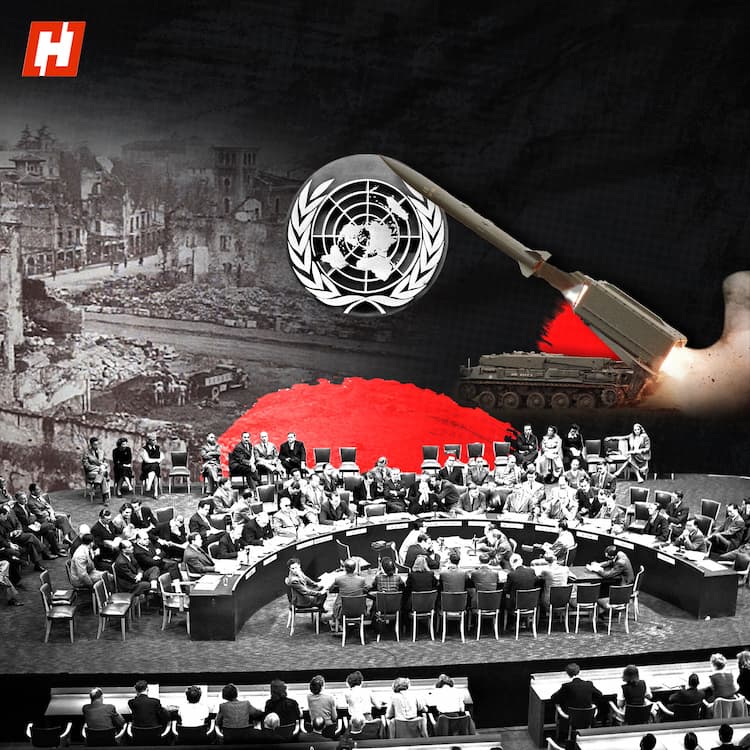Myanmar's fragile truce is over. The country's ruling military junta has allowed the post-earthquake ceasefire to expire. Full fledged fighting between the Tatmadaw and Myanmar's numerous resistance factions is set to resume.
Myanmar's almost four-year-long civil war saw a ceasefire last month, following the devastating earthquake on March 28, which has claimed about 3,800 lives, and displaced around 200,000 people.
Myanmar's various armed resistance groups declared unilateral ceasefires to rovide relief to the people living in territory they control. This pressured Myanmar's junta to declare a ceasefire as well, which it did on April 2.
But the ceasefire was fragile at best, with the Tatmadaw accused of continuing with its offensive against the resistance despite the truce. Now that even the illusion of a ceasefire has lapsed, Myanmar's civil war looks set to resume in earnest.
Myanmar is all too accustomed to excesses by its military. The country was under a military dictatorship for almost 50 years, from 1962 to 2011. The Tatmadaw relinquished some control and held elections in 2010 after decades of sustained pressure by pro-democracy activists like Aung San Suu Kyi.
But pro-democracy activists boycotted the 2010 elections, because the constitution written by junta ensured that they retained control of a quarter of Myanmar's parliamentary seats, and key government portfolios like Defence. The boycott meant that a junta-backed political party won the 2010 election and took power in 2011.
Aung San Suu Kyi and her party, the National League for Democracy, participated in the following elections in 2015, and won with a landslide. Myanmar finally seemed to have turned a corner, but then the junta struck back.
In October 2016, still licking their wounds from the previous year's election defeat, the military decided to orchestrate a genocide against Myanmar's Rohingya Muslim community. The community was mostly based in Myanmar's Rakhine state. The Tatmadaw went in and killed thousands, burnt down hundreds of villanges, and displaced about 700,000 Rohingya people.
Aung San Suu Kyi watched silently as the carnage unfolded. She was widely criticised by the international community, even though the junta-drafted constitution prevented her from intervening in the Tatmadaw's rampage.
The international condemnation didn't dent Aung San Suu Kyi's domestic popularity. She went on the win the next election, in 2020 as well. This was the last straw for the junta. The Tatmadaw orchestrated a coup in February 2021, the day before Aung San Suu Kyi's officials were to be sworn in for the second time.
But the people of Myanmar weren't about to surrender their hard-fought democracy without a fight. Supporters of Aung San Suu Kyi and her party began an armed resistance against the military junta in the weeks following the coup. A civil war erupted in Myanmar, with the military junta on one side, and pro-democracy forces on the other. Supporters of the ousted government organised themselves into the People's Defence Forces, and they have been fighting against the junta since.
But the PDF isn't the only resistance force in Myanmar. The country is home to dozens of ethnic minority groups, like the Shan, Karen, Rakhine, Chin and others. These groups have all formed their own ethnic armed organisations, or EAOs, to protect their communities.
The ethnic groups sometimes fight alone, but often work with other EAOs and the People's Defence Forces, to push the junta back. The resistance forces have made steady gains over time, wresting control from the military junta in key areas. But the resistance forces put their offensive on pause to tend to the earthquake victims.
It seems that the Tatmadaw used the temporary truce to regroup its own forces, and it now plans to resume its quest for absolute control of Myanmar.





